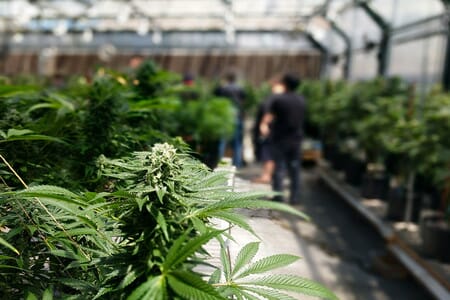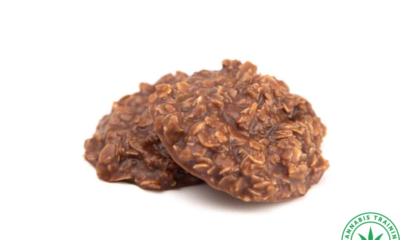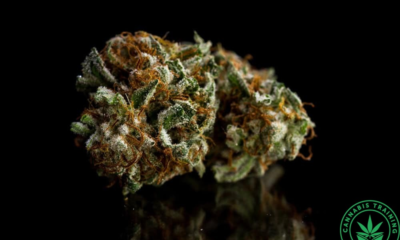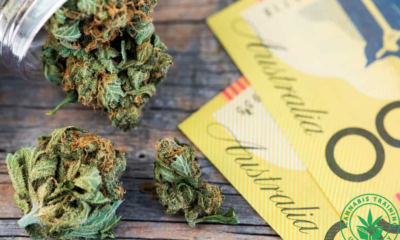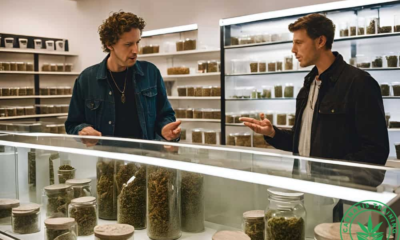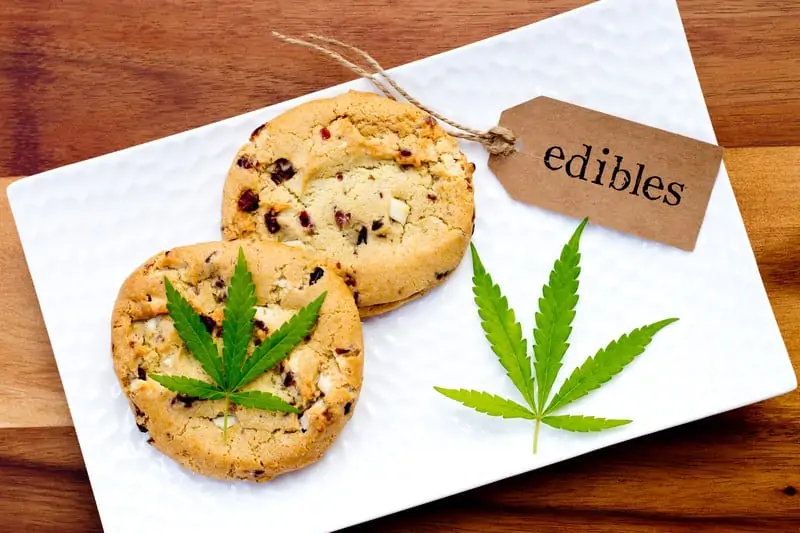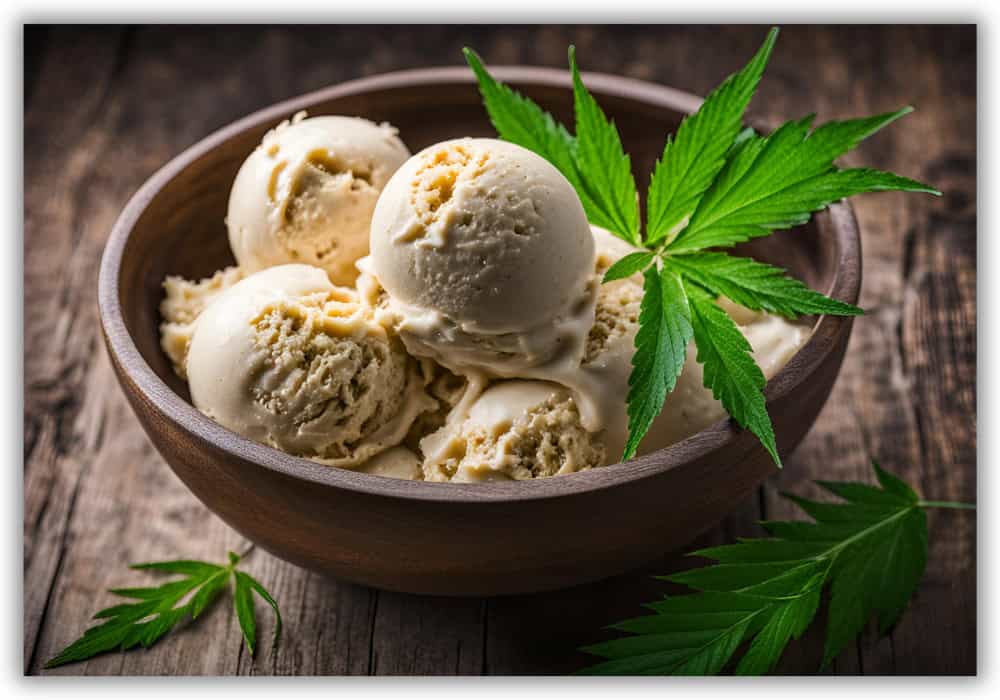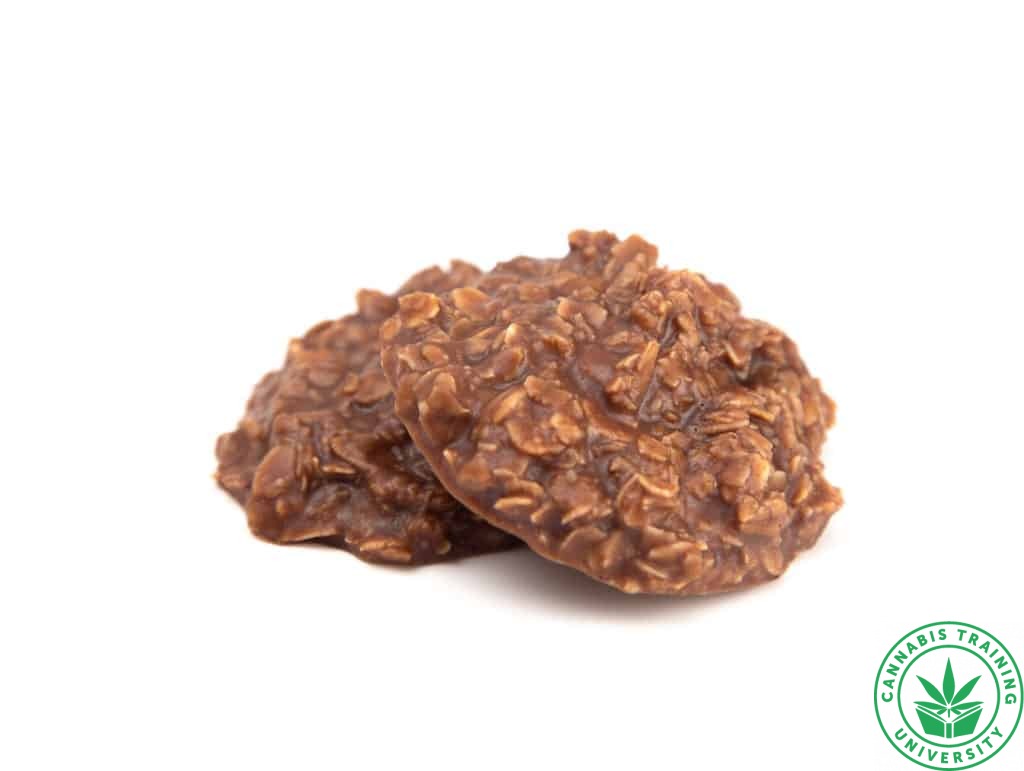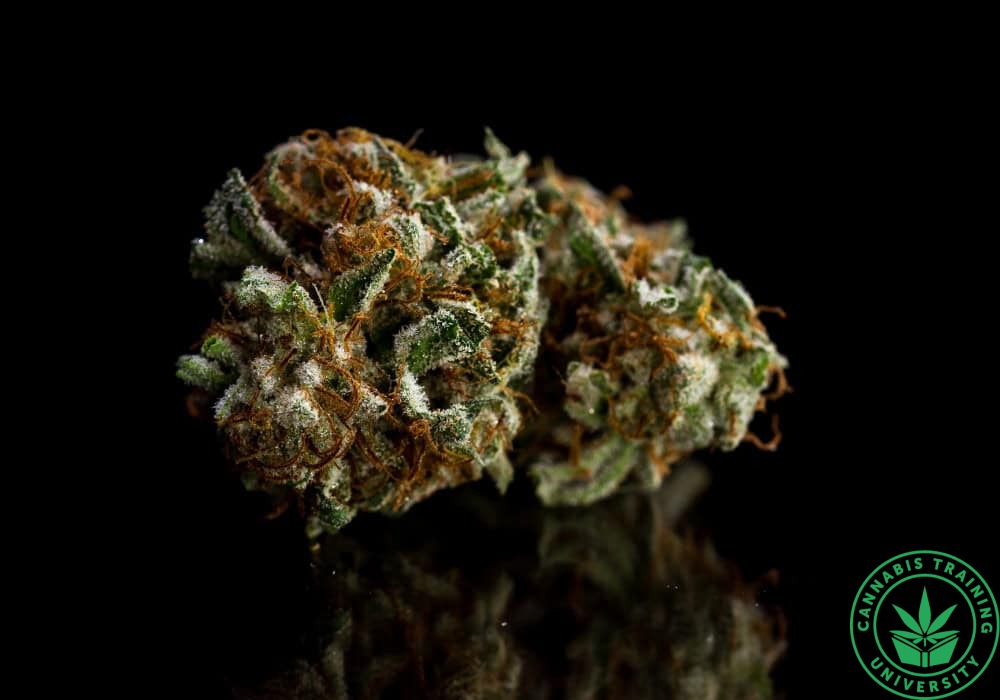For experienced cannabis connoisseurs and foodies alike, nothing usually surpasses the taste and feel of homemade meals.
If you’re used to smoking or vaping cannabis, perhaps it’s time you experienced the subtle but powerful punch of edibles. Today, there’s practically nothing to which you can’t infuse marijuana to get edibles.
In this article, we’ll discuss 5 marijuana-infused food recipes. Whether you simply want to get high or looking for an effective way to combine CBD with your food, these recipes are versatile enough to accommodate improvisation of any kind.
However, one crucial thing to keep in mind is how you dose your cannabis. As always, even for experienced smokers, it’s best to start low and go slow. Anywhere between 2.5-10 mg is most ideal. You can refer to our dosage guide for further details on dosing.
If you’re not so good when it comes to cooking, there is no need to worry; if well-adhered to, these recipes require very little to no culinary skills. Okay, let’s dive in already!
#1 Homemade Cannabutter
We’ve decided to start from the simplest weed recipe of all — a simple cannabutter. Cannabutter is basically the only ingredient that confers cannabis effects on your edibles.
Without cannabutter, there’s actually no cannabis-infused anything! So, why not start from here? Besides, it’s the easiest to make.
You can find cannabutter in almost any dispensary, but here you have a recipe to make yours. You can sprinkle or drizzle cannabutter on just about any food item; cakes, snacks, salads, potatoes, full course meals, and so on.
To make cannabutter desserts, add a measured amount of cannabis oil to your dessert. So to make this quick, easy cannabis-infused butter recipe, you’ll need to purchase good quality buds and butter to go with it.
Directions
First, grind the cannabis and decarboxylate it in an oven at 230°F for about 30 minutes. Then melt the butter on low heat in a saucepan. Add the decarboxylated cannabis to the melted butter, stir at intervals. Allow the mixture to simmer for another 45 minutes.
Turn off the heat and let the cannabis-butter mixture cool for a little while. Using a cheesecloth, strain the oil from the mixture into a container, a jar preferably. Discard the remaining plant matter, seal up the jar and store it in a fridge or freezer. You can take out any quantity you want whenever you need it.
#2 Cannabis Chocolate Chips Cookies
If you’re a fan of chocolate and cookies, then here’s a great recipe for you. As the name implies, you’re mixing cannabis directly into chocolate chip cookies. If you’re familiar with baking, you’ll find this process easy. All your cookies’ ingredients remain the same. The only change is the addition of cannabutter to the mix.
Note that from here on, it is assumed that you already have your cannabutter made. Here are the ingredients you need:
- 2/3 cup flour
- 6 oz. of cannabutter
- 1 teaspoon baking soda, table salt, and vanilla extract
- 1 oz. of regular butter
- 3/4 cup sugar and chocolate chips
- 1 cup brown sugar
- 1 teaspoon vanilla extract
- 2 big eggs
Directions
Preheat the oven to 375°F and mix the flour, baking soda, and salt in one small bowl. In another larger bowl, mix cannabutter, sugar, brown sugar, butter, and vanilla extract.
Whisk the mixture thoroughly to get an even consistency. To the larger bowl containing cannabutter and butter, add the eggs, one at a time. Now add the small bowl’s content into the larger one, mix it and add chocolate chips. Mix again, then bake for up to 12 minutes.
#3 Weed Ice Cream
Here’s a fantastic option for making marijuana edible desserts. Imagine the taste of a yummy ice-cream infused with marijuana. Marijuana ice cream is just a perfect choice for dessert!
The ingredients you’ll need are 600 ml of ice-cream, 50 grams of cannabutter, any flavor of your choice, and 75 grams of sugar. For the process, you’ll need 2 saucepans and a mixing bowl.
Directions
Place the ice cream in one saucepan and heat it over low or medium heat until it begins to simmer. Add the cannabutter into the second saucepan and melt it over medium heat. Add some sugar into it. Allow it to simmer. Store the mixture properly to ensure even distribution of the ingredients in the mix.
At this point, you can add the flavor. Mix again until you get an even texture. Combine both ingredients and mix thoroughly. After this, your recipe is ready. You can store it in a fridge and take from it whenever you need a dessert.
#4 Marijuana Olive Oil
This recipe is similar to the first, only that we’re using olive oil instead of regular butter. You can get as many as 8 servings of marijuana olive oil from this recipe. You’ll need to get the right marijuana strain of your choice and about 8 ounces of olive oil to start.
Directions
Follow the direction provided above to ground and decarboxylate your cannabis buds. After that, place the ground decarboxylated cannabis and olive oil into a pan, then let the mixture simmer on low heat for up to 60 minutes. Make sure to stir properly until the oil completely covers the cannabis.
Turn off the heat after one hour and strain the oil using cheesecloth or a fine-mesh strainer into a glass cup or mason jar with a seal.
Allow it to cool, then store the cannabis-infused olive oil in the refrigerator or freezer. You have up to one month to use the oil if it is refrigerated.
#5 Marijuana-infused Popcorn
Marijuana popcorn is the last recipe on this list, but, of course, it is not the previous cannabutter food recipe there is. Marijuana-infused popcorn is relatively easy to make. And it is a perfect idea for a sweet time on the sofa, in front of the TV.
With this recipe, you can have a cinema experience at home with a bit of a “high” experience added to it. The ingredients you need are:
- Popcorn kernels
- Table salt
- 1 tablespoon of butter
- 1 tablespoon of cannabutter
- Saucepan
- Oven
- Stirrer
Place the saucepan over medium heat and throw in your ingredients, one at a time. Stir the mixture. To ensure that all the kernels pop, try to move the pan over the stove.
Drizzle an additional tablespoon of melted cannabutter into the mix and stir again. Your marijuana popcorn is ready to be served
Marijuana-Infused Food Recipes Conclusion
The thing about edibles is that their effects usually kick in 1-2 hours after eating them, so be careful with the dosing. Also, ensure that you consume cannabis within safe borders as recreational cannabis is illegal in most U.S. states.
Finally, don’t forget to share these recipes with others looking to enjoy foods infused with cannabis.
If you are serious about cooking with cannabis enroll today at the ultimate marijuana institute, CTU!
Karen Getchell
Karen gained expertise in developing training programs and technical documentation as a Senior Editor at Cisco Systems. She began her journey in cannabis as a patient, searching for a way to heal herself. When she perfected a method for making cannabis oil, other patients began to seek her out. An early adopter of CBD medicine, she started her CBD-infused-products business in 2014. Over the last two decades, Karen has taught hundreds of patients and caregivers how to select strains, infuse oils, and extract cannabinoids.
When she isn’t teaching cannabis cooking classes, Karen works as a cannabis business consultant, writes for online cannabis publications like Cannabis Training University, Leafly, and Weedmaps, and runs a CBD-infused-product business.

 Cannabis News2 years ago
Cannabis News2 years ago
 One-Hit Wonders2 years ago
One-Hit Wonders2 years ago
 Cannabis 1012 years ago
Cannabis 1012 years ago
 drug testing1 year ago
drug testing1 year ago
 Education2 years ago
Education2 years ago
 Cannabis2 years ago
Cannabis2 years ago
 Marijuana Business Daily2 years ago
Marijuana Business Daily2 years ago
 California2 years ago
California2 years ago


